How to avoid ADAS technology development failure
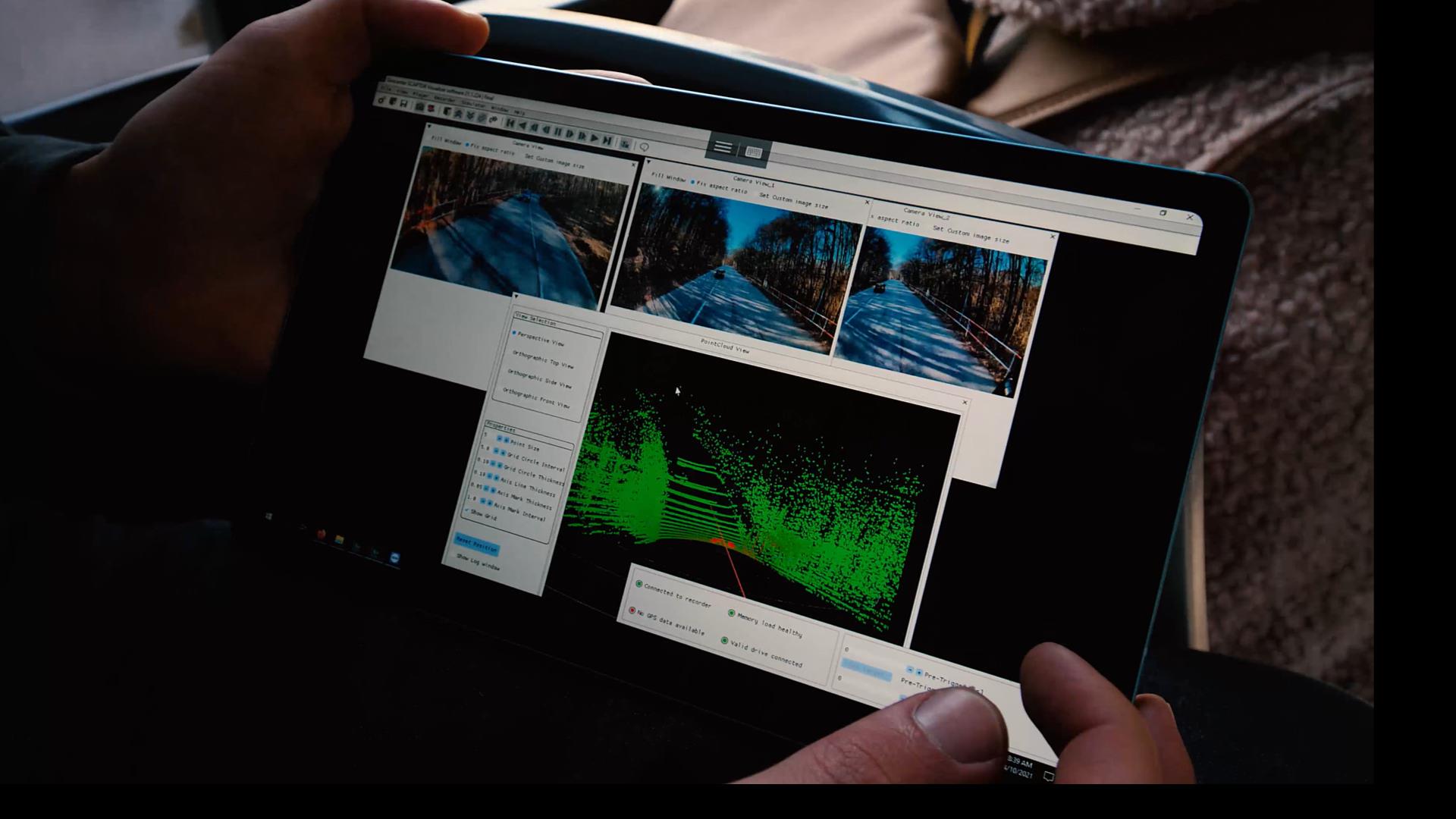
We are still smarter than the machine. But for how long?
This is a question I’m bothered with every day. And that’s quite logical, as we live in turbulent times, where technology and AI take over step-by-step. Think of these daily situations like, for example, chatbots. Sometimes, I’m not sure if I’m talking to a machine or a human being. Or think of cars. Yes, let’s talk about cars. The evolution and progress of how vehicles are becoming smarter and smarter is massive. Very likely, the next vehicle you will buy will have adaptive cruise control in the basic configuration. That means smoother, less tiring, and wishfully safer drives. The car drives for you and keeps the constant speed and safe distance. But it reacts to the actual circumstances and adapts the pace when needed.
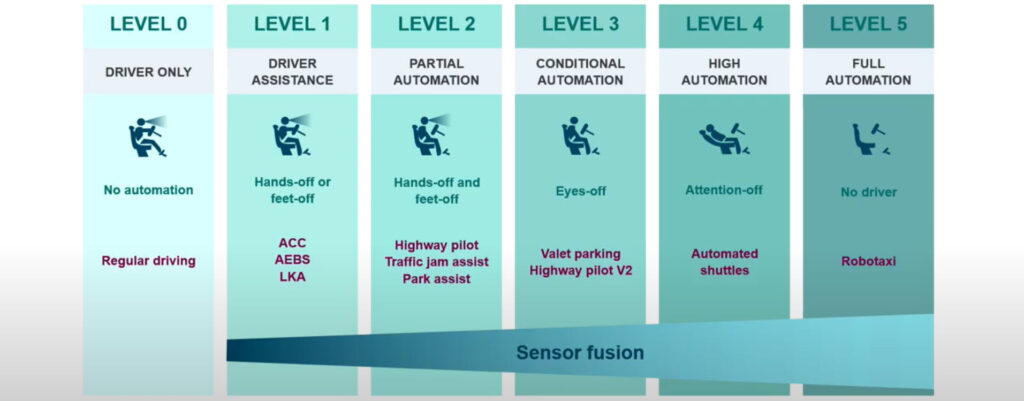
Developing ADAS technology is like giving your car a brain
If you are a bit into cars, you probably know that adaptive cruise control belongs to level 1 on the 6-level-scale of automated driving using ADAS – advanced driver-assistance systems.
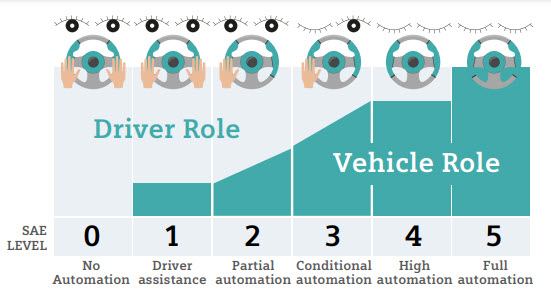
When you look at the scale, you can clearly see the growing autonomous driving capability. In each category, the vehicles are more intelligent and smarter. But how so?
The answer is: they better read the environment, analyze and calculate the situation and take the corresponding action. In each category, the embedded ADAS technology is more advanced. Looking to the lighthouse in the automotive industry: autonomous mobility, car builders worldwide are extensively working on advancing their ADAS technology. And obviously, this is a bumpy journey.

Now, stop for a moment and think of yourself. How do you navigate in space? Indeed, you rely on your senses.
You see where you go and what is on your way; feel/sense the ground and other objects around you; hear the sounds and noises; smell what is in the air, and of course, you can taste if you put something into your mouth. All these sensations gather in your brain and create a complete picture: your perception of the situation. And that’s is a very important point. To navigate in space safely, you need to rely on more senses than one. And your brain is so smart that it processes the information from different organs simultaneously with no delays.
And this is what ADAS technology development is all about. Just change the word ‘sense’ with ‘sensor.’ It’s about developing a reliable system that processes the environment using different sensors to make correct decisions and actions.
ADAS technology development process: Begin at the beginning
The ADAS technology development is a four stages process. It starts with data recording and test drives, followed by recorded data ingestion. As the next step, the development teams index and identify the corner cases. And finally, they can develop and validate the algorithms. (Watch this webinar if you want to understand better the ADAS testing workflow). But none of these steps would be successful if you don’t work with high-quality data. That’s why data collection for autonomous vehicle development is so essential.

The very first step is to equip your car with different ADAS sensors. And here, you might run into the first problem: How do you streamline the data input? You have cameras, lidar, and ultrasonic sensors, GPS, etc. Each sensor works in a different domain resulting in various data format inputs.
And then it continues. Each sensor registers every single meter of your test ride. That’s an enormous amount of data you need to store or transmit. And what’s more, all sensors need to be synchronized. Any slight delay of one sensor is not permitted.
So, what is the best strategy to collect data from different sensors efficiently?
ADAS data recording in streets of Bratislava
You may get inspired by the research team at the Slovak University of Technology in Bratislava (STU). Driven by the vision of autonomous mobility, a research team lead by Ľuboš Magdolen, associated professor at STU, started developing some technical segments for future autonomous driving and other systems for the automotive industry. “The objective of this project, which focuses on developing smart public mobility, is to collect as much as possible data from the real environment, post-process it, and simulate everything possible.” Prof. Magdolen adds: “Developing smart cities and their smart transport system will be the major challenge for the next ten years. And according to some sources, this will be the biggest challenge in the automotive industry ever, together with the ongoing vehicle electrification.”
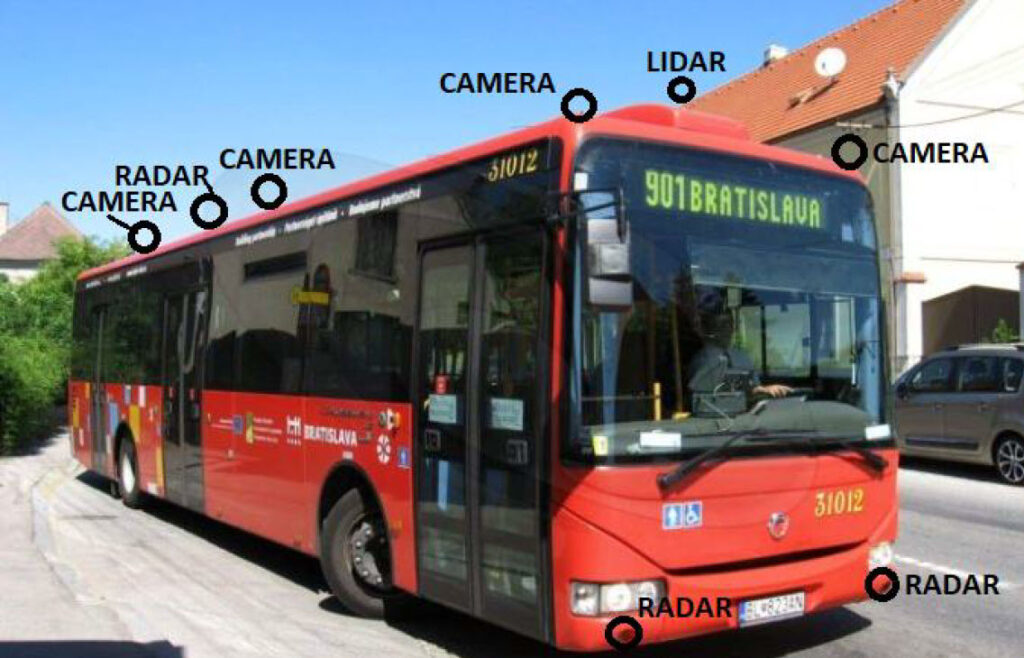
The researchers teamed up with the local public transport provider to collect the ADAS data from the actual world. “We thought this is a very efficient way to collect data as the public vehicles are usually about 20 hours on duty every day. In this project, we recorded more than 48 hours of real-life situations using a bus for two days and a tram for one day.”
Many ADAS sensors, one collection system
To make the data collection smoother, the research team used Simcenter SCAPTOR. “The biggest advantage of Simcenter SCAPTOR is mainly that you can connect all sensors available in one place and all data is synchronized. And this is very important,” says Prof. Magdolen. “It is really the shortest way to streamline different sensors and data. Teams using Simcenter SCAPTOR can proceed from the data collection process to simulations and other ADAS development. This solution is suitable for any automotive company or other companies developing such a system.”
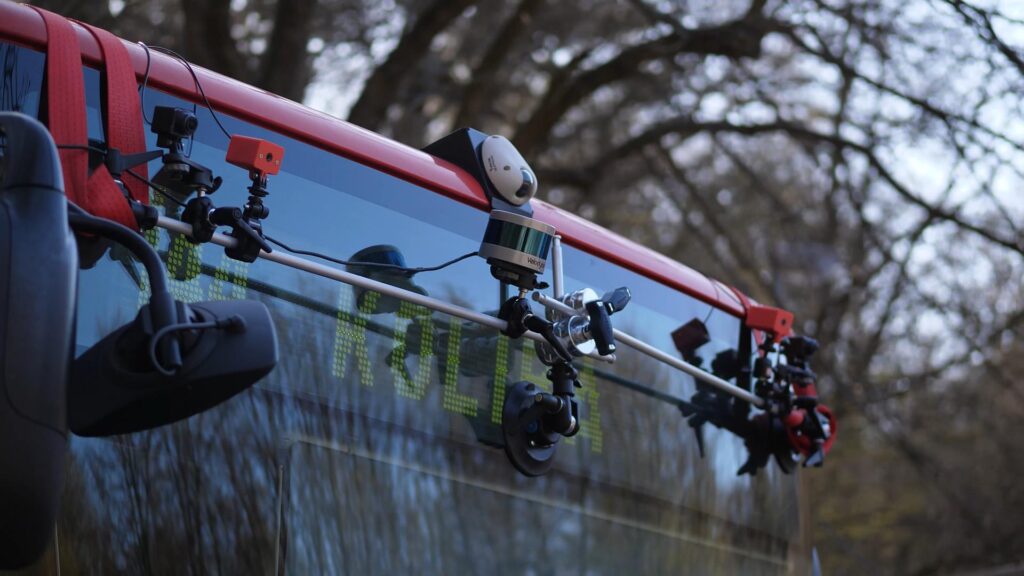
Extremely challenging amount of data to deal with
“Imagine, if you have 15 terabytes of data and you don’t have the memory on your computer, you need to use external memory, and that may be very slow. You can also work with faster solutions, but that’s very costly,” clarifies Prof. Magdolen.
Now, let’s do simple math. This team recorded more than 100 kilometers of data. Now multiply it by the number of sensors. As a result, this team ended up with 30 terabytes of data to transmit, copy, analyze, sort out and prepare for simulation. That’s massive. If you belong to the generation that used to store data on CD, it’s like working 43,9K CD’s!!! “I think the enormous amount of data is the most critical thing and the biggest problem,” adds Prof. Magdolen.

The next steps in the ADAS development process
As I’m writing these lines, the research team in Bratislava is working on their research project’s next steps.
Firstly, they will export all the data, evaluate it and prepare it for simulation. Even in the following steps, Simcenter is still their ally. They use Simcenter Prescan to prepare the roads that the bus will virtually drive. And consequently, the team will use Simcenter Amesim to simulate what happened in reality. But what became crystal clear (not only) in this project is the requirement of efficient ADAS data collection to prevent further potential development failure.
Together with my team, we’re curious where this project will lead and look forward to the planned publication. It will be another step to advance the ADAS development and get closer to the future of autonomous mobility, where Simcenter solutions play a meaningful role.
And before we get there, I’d like to invite you to watch this video, where my colleague explains in more detail how ADAS technology development works and how Simcenter can support you in this journey.



